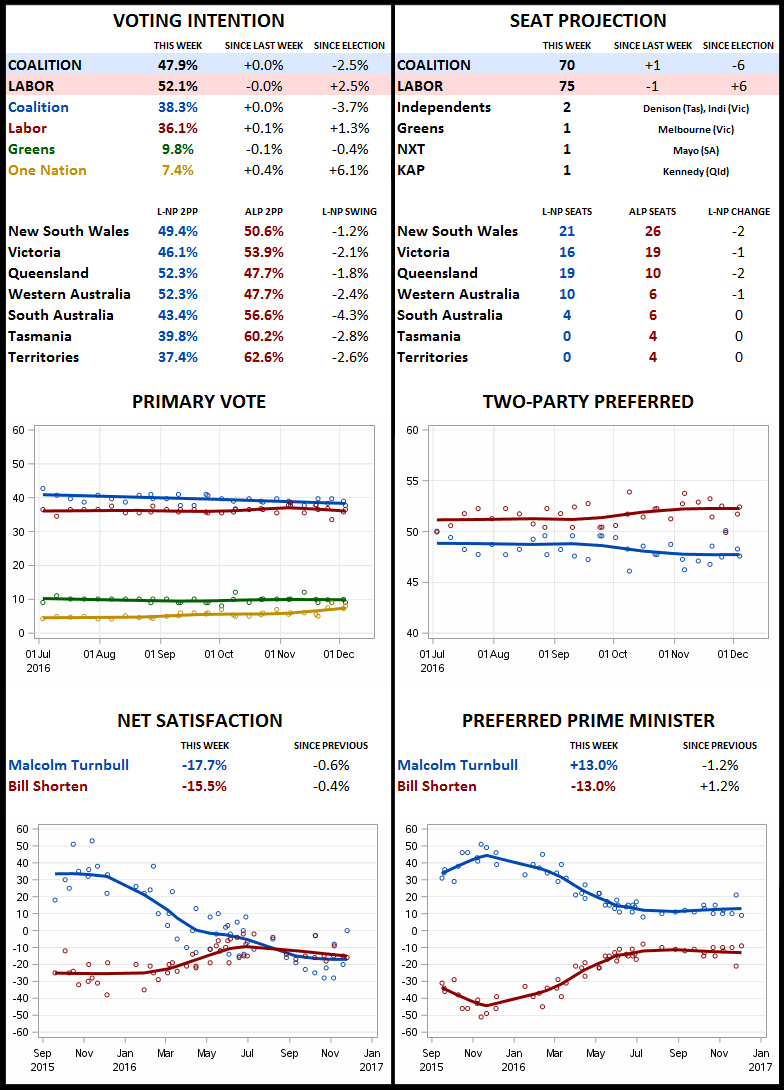A draft state redistribution has been published for New South Wales, for which you can see the maps on the New South Wales Electoral Commission site. Keep an eye on Ben Raue’s post at The Tally Room, which should also have a user-friendly interactive map of the old and new boundaries. His existing post also goes into greater detail on describing the changes than I’m about to.
The biggest changes involves the abolition of Lakemba, most of which is now in a radically redrawn Bankstown, whose existing territories are mostly absorbed by surrounding electorates. This allows for the creation of the new seat of Leppington in Sydney’s sprawling south-west, drawing most of its voters from Mulgoa, Liverpool, Holsworthy and Macquarie Fields. As shown below, I reckon this seat to be marginal Labor. The local rearrangement arising from the creation of Leppington causes Mulgoa to resume its earlier name of Badgerys Creek. Other cases of seats essentially being renamed are Kellyville, formerly Baulkham Hills; St Ives, formerly Davidson; Wahroonga, formerly Ku-ring-gai; and Winston Hills, formerly Seven Hills.
Now for my quick and dirty effort to estimate the margins, using a somewhat experimental method, though the results look plausible enough to my untrained eye. This uses two-party preferred data, and thus acts as if Greens and independent members don’t exist (I am indebted to Ben Raue for providing this in easily accessible form on his site). By this reckoning, a big loser would appear to be Lee Evans, the Liberal member for Heathcote, whose seat is set to become notionally Labor by moving into the northern end of the Illawarra. Rising Labor hopeful Chris Minns has his delicate margin in Kogarah reduced to essentially nothing; conversely, a small Nationals margin almost disappears in Upper Hunter. Sydney would go from Liberal to just slightly notionally Labor if it wasn’t held by an independent.

